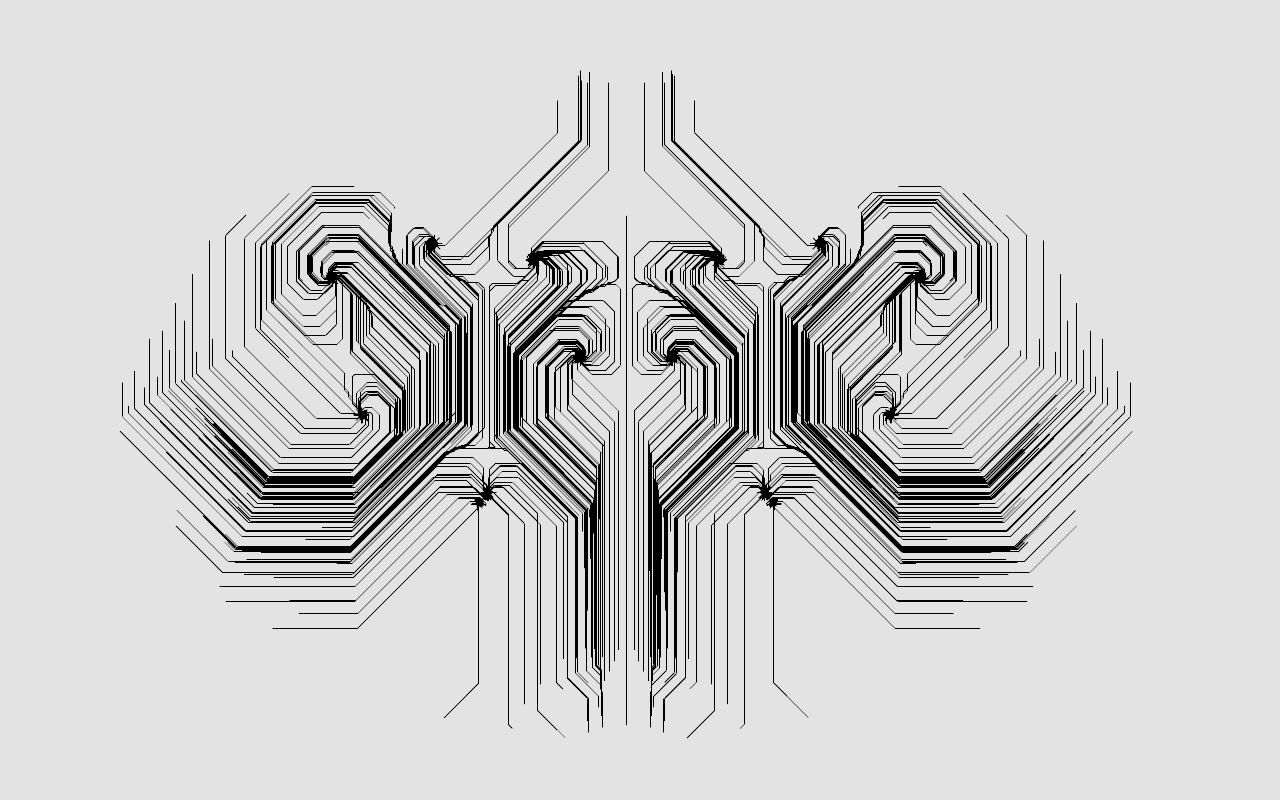Discrete Field Lines

Discrete Field Lines (Grasshopper Example)
This example uses the Fields Plus plugin developed at The Different Design. You can download the plugin here. This example looks closely at the Field Line Discrete component, which allows field line simulations to be snapped to any vector or line input. In the case of this example, we use the Vector Array component (also part of the Fields Plus plugin) to generate our vector snaps, however any line or vector could be used. These simulations can be used in conjunction with any field force or charges, and essentially snaps the field lines directly to the input vectors.
This example is available to download below for all Premium members of The Different Design.
Not a member? Sign up today!
The grasshopper example:
This example uses a Geometry Pipeline component to reference any lines drawn in Rhino, which are used as Spin Axis forces in the simulation. Multiple curves can be used to create multiple forces that are merged together, and points in the field will run along the direction of each axis whilst simultaneously revolving around the axis in 3D space.
The starting points for the field line simulation are generated from a collection of random points on the XY plane in Rhino.

The final algorithm showing the field lines snapping to discrete angular paths dependant on the Vector input.
Producing different iterations:
The Field Line Discrete component can be used with any lines or vector inputs, however it works well with the Vector Array component. It is easy to produce a variety of iterations by changing the Vector Array division value, or toggling between 2D and 3D vector arrays.

A collection of iterations derived from the example by changing the vector division parameter in the Vector Array tool.
Taking this a step further:
The component can be used with all field force and charge components to further affect the behaviour of the field lines. Try using it in combination with the Spin Force component, Point Charge component and Tangent Force component.
